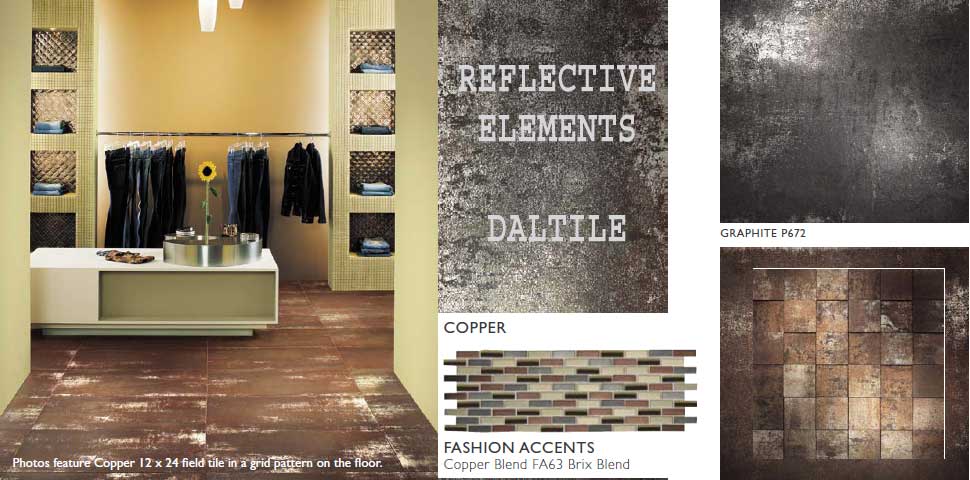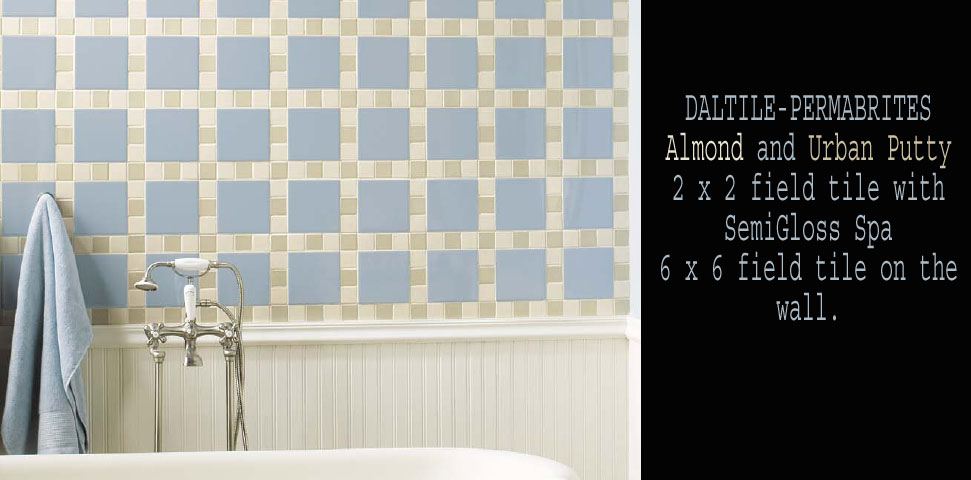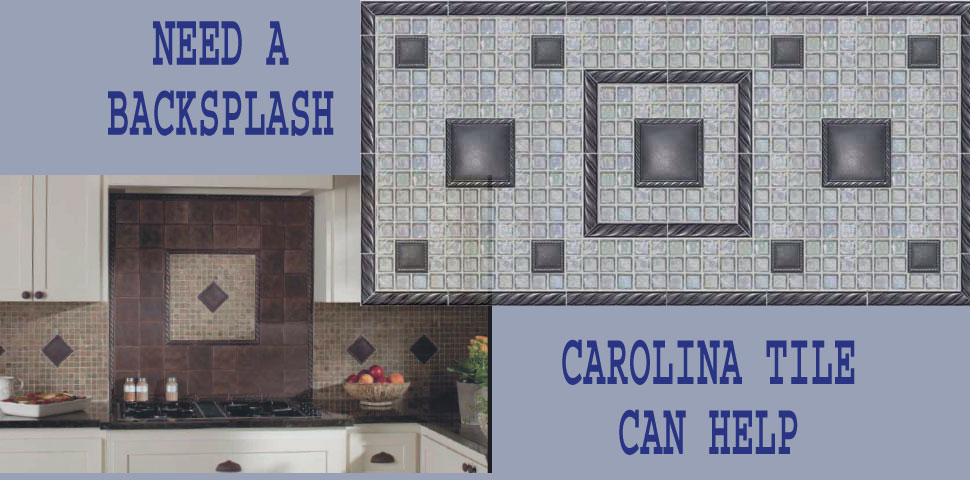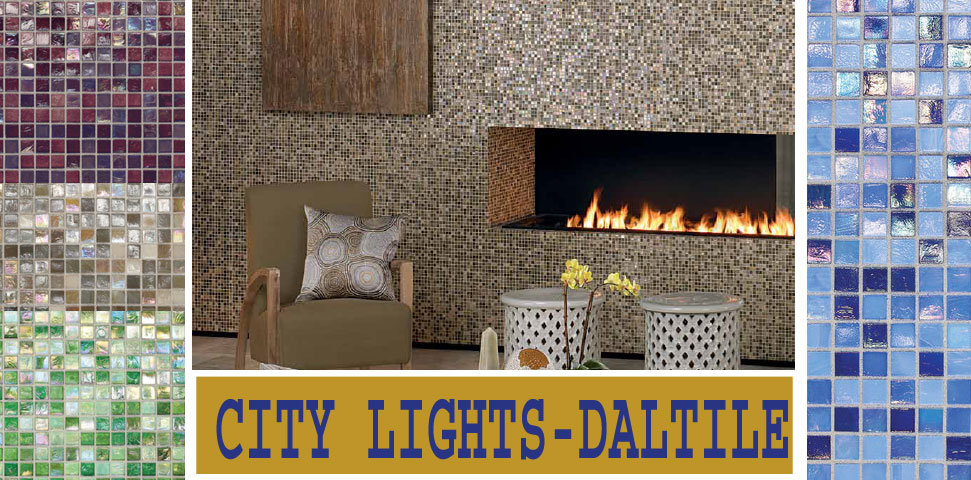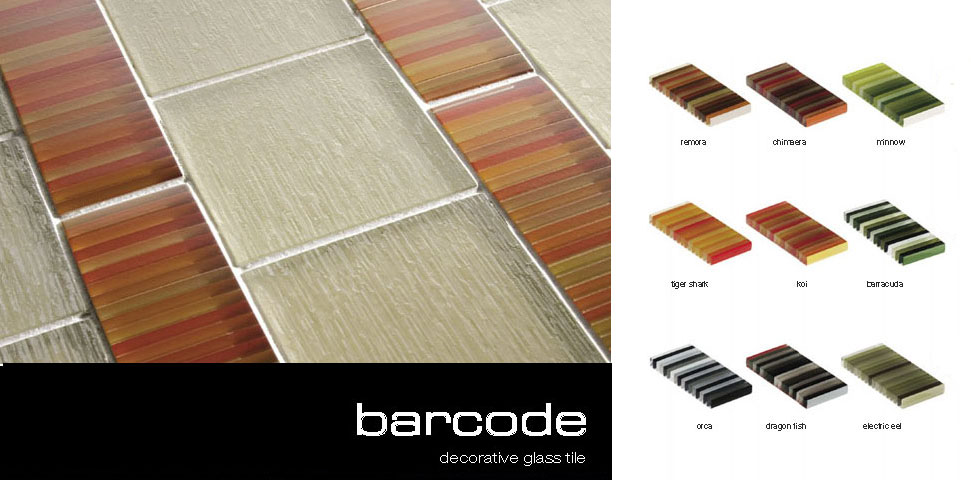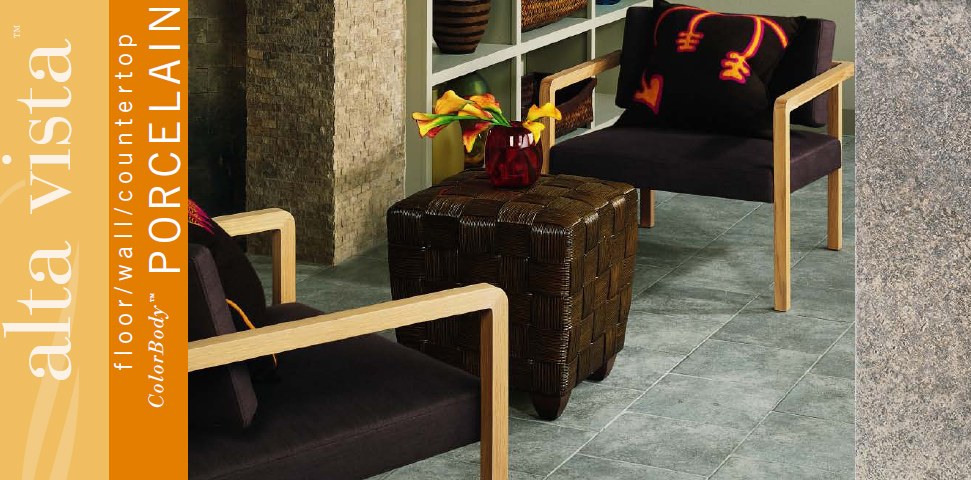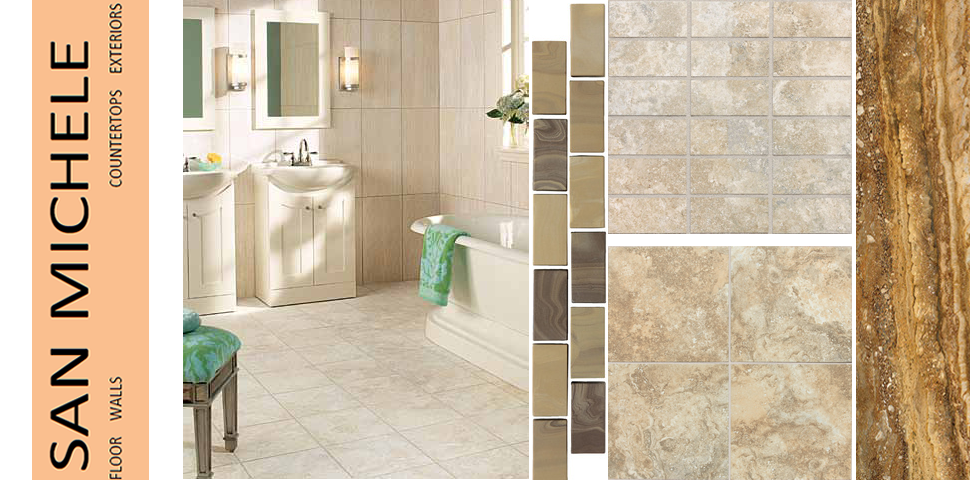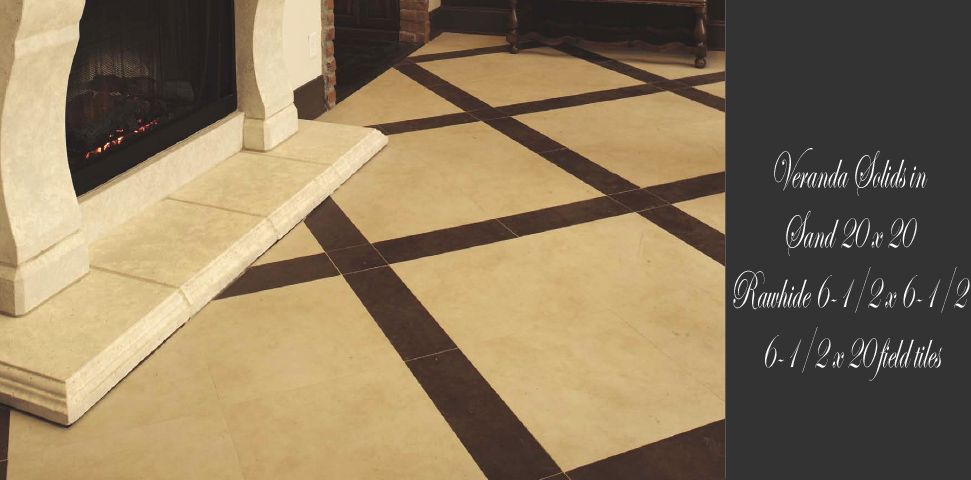Glass Tile Information
 Thursday, May 12, 2011 at 10:56AM
Thursday, May 12, 2011 at 10:56AM Glass tiles have grown in popularity in recent years. The Tile Council of America handbook has detailed installation specs to help mitigate the possibility of a failed install. When glass tile is properly installed it can provide years of service. Glass tiles absorb less than .5 percent moisture. The use of such tiles should be confined to decorative, non-functional installations only.
Thin-Set mortars have been developed specifically for glass Tiles. Custom Building products has developed a Glass Tile Thin-Set Mortar (ITEM GTMW4-4). It contains a blend of white cement and recycled aggregate. It is specially formulated for glass tile and difficult to bond tile and stone. It creates a white backdrop that reflects light and enhances the translucency of Glass Tile. They also have Polyblend Non-Sanded Grout it is available in 48 different colors. This is a polymer modified Grout designed for use with highly glazed or polished tiles, marble and natural stone that would be susceptible to scratching by a sanded grouts.
Glass tiles can be surprisingly durable and long-lasting, but surface treatments given to some glass tiles may render them too delicate for use on floors or countertops, and they may also require the use of non-abrasive cleaners.
There is a glass tiles available for almost any installation: thick, thin, crystal clear, bubbled, translucent, prismatic, colored, slumped, cast, sandwiched, layered, impressed, blown, hand and machine-made, tempered and not. The surface of glass tiles can be altered with luster treatments, overglazes, slumping, and other artistic techniques. Like any other finishing material used on a hard tile installation, the durability of a particular glass tile should, at least, be matched for the demands of the installation (Because the properties of glass tiles and it artistic treatments vary widely, this information should come from the manufacturer).
Color is sometimes applied to the backs of glass tiles, in the form of paint, epoxy, or other applied coating, to (obviously) put some color into the tiles, and (not so obviously) to mask the appearance of un-flattened adhesive ridges, voids in the adhesive, adhesive swirls, and other imperfections that might otherwise be clearly visible through the body of a glass tile. Coated tile backs sometimes call for a specific adhesive but all glass tiles used in wet areas require 95 percent uniform adhesive coverage between the backs of the tiles and the setting bed.

